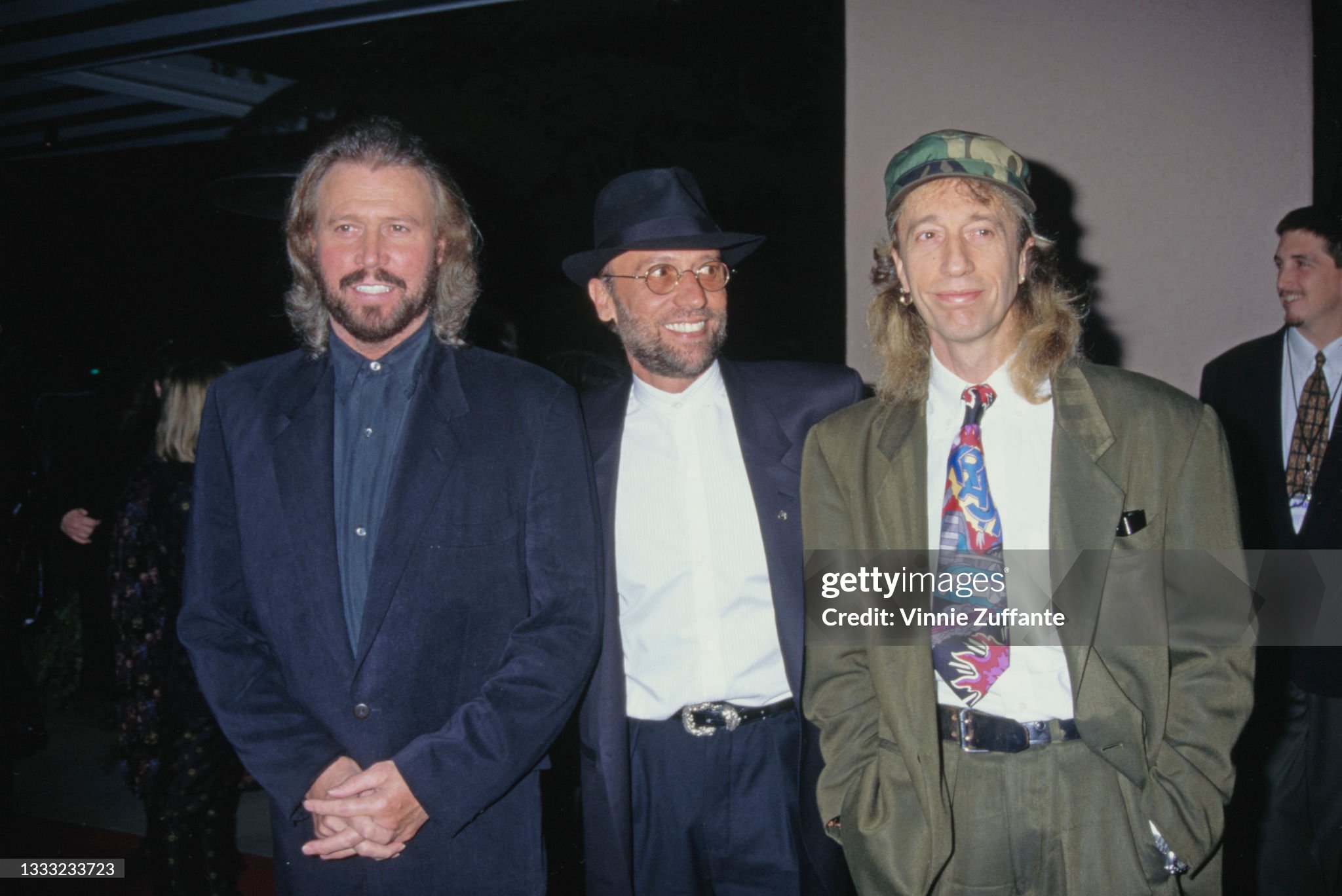
The Fragile Art of Healing: A Ballad That Turns Heartbreak into Redemption
When How Can You Mend a Broken Heart was released in 1971, it marked a profound turning point for the Bee Gees—a resurrection of sorts after a period of creative and personal disarray. Featured on their album Trafalgar, the song became the group’s first No. 1 single on the Billboard Hot 100, signaling not only a triumphant return to form but also a deepening maturity in their songwriting. By the time it topped the charts, Barry and Robin Gibb had already experienced fame, fallout, and reconciliation; this composition was both a reflection of that tumult and a declaration of survival through vulnerability.
At its heart, How Can You Mend a Broken Heart is less a love song than a meditation on loss itself—the aching recognition that time does not always soothe, and that even memory can wound. Written primarily by Barry and Robin Gibb during a period when the brothers were reuniting after internal strife, the song carries the palpable weight of forgiveness. It was originally intended for another artist, but as they shaped its contours—soft strings, plaintive melody, and falsetto shading that would become their signature—it became clear that this was an emotional vessel only they could fill. The recording captures them not as pop craftsmen chasing charts, but as poets documenting the slow process of repair.
The composition unfolds with almost spiritual restraint. A gentle piano line opens like hesitant speech, joined by harmonies that seem to hover in suspension, never fully landing. The arrangement is deceptively simple: orchestral swells breathe around the vocal lines rather than dominate them, allowing every syllable of longing to surface clearly. This space—the silence between notes—is where the Bee Gees’ mastery lies. It invites the listener inward, turning private sorrow into shared experience.
Lyrically, the song navigates the terrain of regret and acceptance with quiet grace. There is no bitterness here, no recrimination—only the weary recognition that healing is neither linear nor guaranteed. The repeated question at its core becomes less about seeking answers and more about acknowledging that some wounds are meant to be carried rather than cured. The Bee Gees distilled something universal: that moment when grief ceases to be an event and becomes an atmosphere one must learn to breathe within.
The enduring power of How Can You Mend a Broken Heart lies in its emotional honesty and timeless restraint. It has been covered by artists from Al Green to Michael Bublé, each version reaffirming its elasticity and truth. Yet none have quite captured the tremulous intimacy of the original—a recording born from reconciliation and rendered immortal by its sincerity. Within three tender minutes, the Bee Gees transformed personal pain into collective catharsis, leaving behind not just a pop standard but an anthem for anyone who has ever stood before the mirror of loss and asked how to begin again.